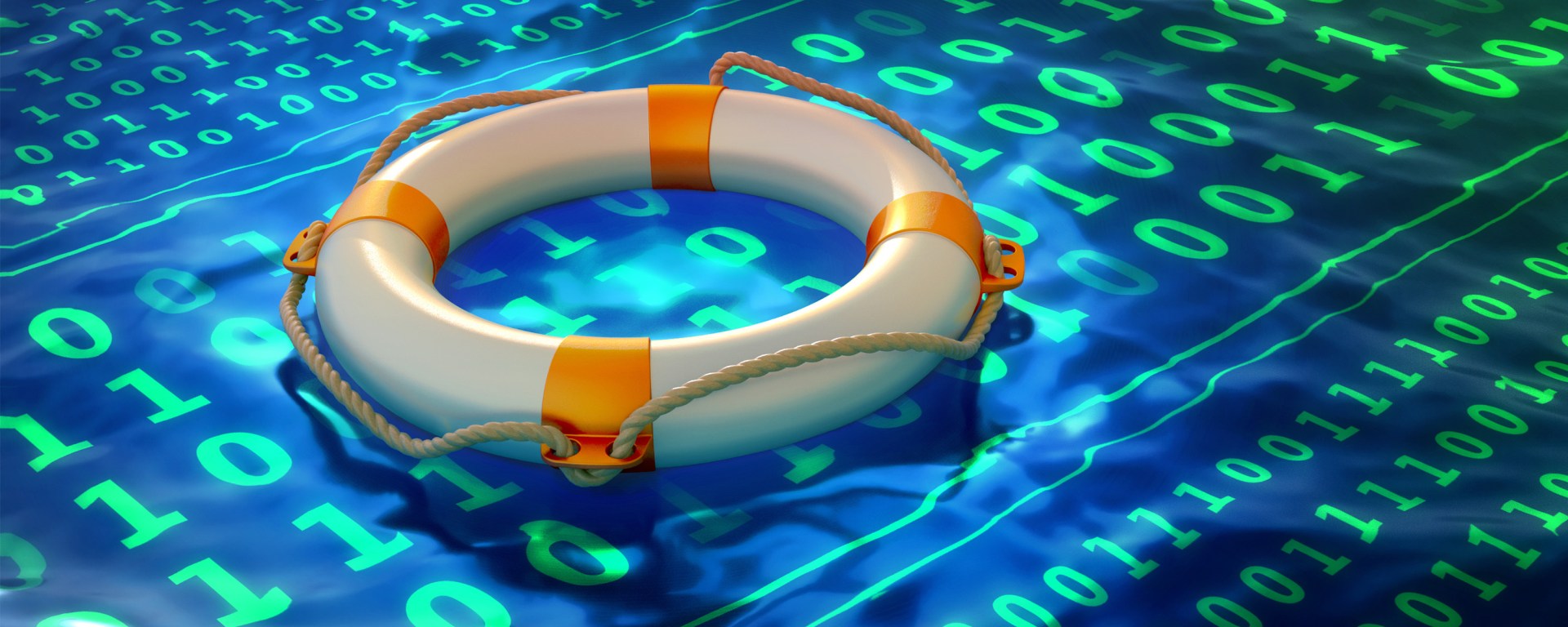Companies face so much risk today from a wide and growing number of threats: cyberattacks, power outages, natural disasters, or other types of situations that can lead to downtime and require rapid recovery.
In turn, each of these threatens business continuity, which can lead to real consequences, including:
- Lost revenues
- Loss of customer trust
- Reputational damage
- Missed business opportunities
- Surprisingly high costs related to recovery
- Potential fines, penalties, and lawsuits
At this point, cybersecurity attacks and outages are happening at such an alarming rate that most organizations would be wise to consider any disruption to their operations to be an inevitable, “when” event, not an “if.”
Unfortunately, a high number of companies may not be prepared. According to recent research from IDC Research, 93% of all organizations have suffered a data-related business disruption in the last 12 months. Yet only 29% of the surveyed IT and business leaders in those companies expressed complete confidence in their current disaster recovery technology to recover their data.
The Challenges Posed by Traditional Recovery Tools
Why is this? Again, there’s a gap between what companies think they have for their disaster recovery solution and what they have in terms of ownership, daily use, and overall efficacy. In short, many organizations face one or more of these limitations:
- High cost of ownership
- The need for specialized IT or cybersecurity skills
- Lack of scalability
- Lengthy recovery point objectives (RPO) and recovery time objectives (RTO)
- Missing or limited communication plans
- Compliance risks
These challenges and limitations signal that the time is right for companies to move beyond old ways of thinking about disaster recovery and begin to consider next-generation innovations and managed services approaches that are already proving to be more effective at protecting them from any adverse event.
The Benefits of Disaster Recovery
It is important to emphasize that even the most redundant systems can’t offer 100% protection. Each system represents a single point of failure in the overall architecture. If an entire system goes down, it could trigger a chain of events that threaten business continuity and can’t be overcome, even with multiple redundancies.
For example, a redundant storage system with highly available controllers and other elements could still completely fail due to a software bug. This makes it critical to have a disaster recovery solution, even for the most highly available applications and systems.
Disaster recovery solutions help companies restore data and resume operations in the shortest time possible after disaster strikes. Disaster recovery solutions encompass comprehensive backup strategies, redundant systems, and failover mechanisms that allow for a seamless transition to backup systems in the event of system failures, cyberattacks, or natural disasters.
By minimizing downtime and data loss, disaster recovery solutions enable businesses to continue serving customers, managing operations, and maintaining productivity even during challenging circumstances. This continuity helps prevent revenue loss, preserves customer trust, and upholds the company’s reputation as a reliable partner committed to data security and customer trust, even in the face of adversity.
Why You Should Consider Disaster Recovery as a Service
As the acronym implies, DRaaS is a service, not a product. While your solution will surely involve industry-leading hardware and software platforms, the keys to successful outcomes center around the experience, expertise, and service components of your provider.
To help you achieve your RTO and RPO objectives now, and for years to come, it is advisable to seek partners and service-based solutions, so you don’t have to worry about internal staffing or re-evaluating the underlying hardware and software platforms as your needs change.
For example, with DataBank’s disaster recovery service, part of our larger Managed Services offering, there’s no need for overburdened technical resources to set up and manage a duplicate production system in a secondary data center or attempt to rely on backups at an offsite location. DataBank owns all of the components of the disaster recovery platform and employs the engineering expertise, so implementation, migration, and support are all performed in-house.
We offer one other important differentiator: our consultative process for helping you navigate from where you are to where you need to be. A wide range of organizations – of all types and sizes – already leverage DataBank’s experience, expertise, migration assistance, and personalized services to achieve the outcomes they need to protect their business.
Next-generation disaster recovery solutions – such as a modern DRaaS offering delivered by a capable managed service provider – is a proven way to overcome common limitations and subsequent business failures. Implementing such an approach can give any organization a better way to improve cybersecurity resilience, prevent downtime, and keep their business up and running at all times.
Interested in Learning More?
If you would like to more learn about DRaaS and the DataBank difference, please download our full white paper, “Next-Generation Solutions for Disaster Recovery.”
For specific guidance on how you can develop a disaster recovery strategy that’s right for your organization, download our Disaster Recovery Planning Checklist today.
If you would like to discuss your business initiatives or have technical questions about how our service works, please Contact Us,




